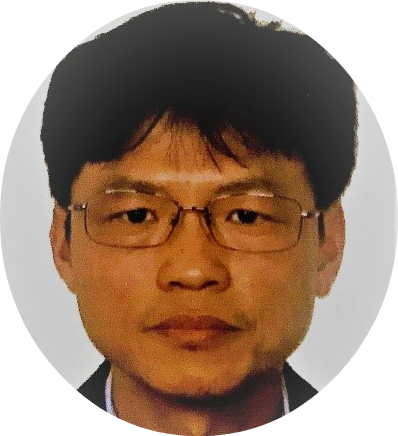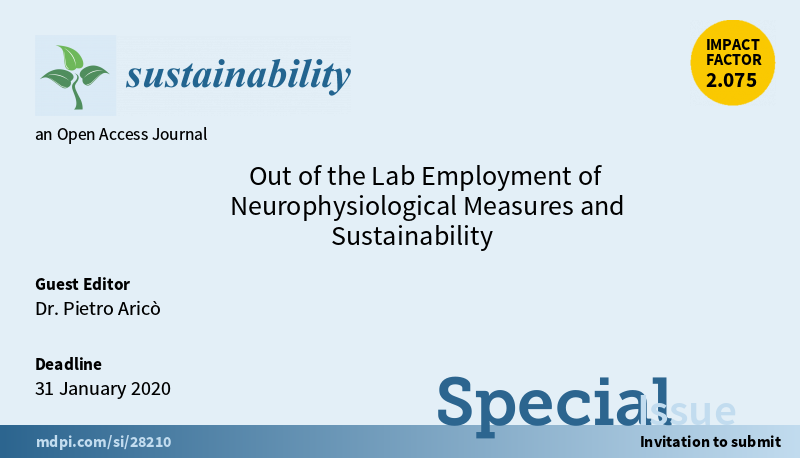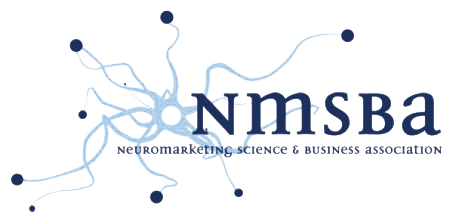Neurophysiological measures out of the lab
- Published in Blog
On May 20th BrainSigns will host a workshop at Department of Physiology and Pharmacology "Vittorio Erspamer" – Central Library "Fabrizio Eusebi" on the use of neuroscience applications outside the lab.
Out of the Lab employment of Neurophysiological measures: clinical applications and beyond
The half-day is organized by BrainSigns, a spin off company of the Sapienza University leader in industrial neuroscience field, through the employment of techniques coming from neuroscience, bioengineering and psychology fields. The workshop includes lectures with topics ranging from neurophysiology to artificial intelligence and signal processing, highlighting the relevance of neuroscience applications in out of the lab applications, from clinical use, to operational environments and everyday applications. The workshop is supported by the HOPE, WorkingAge, BrainSafeDrive and SIMUSAFEDRIV projects.
Organizers: Dr. Pietro Aricò (bioengineering researcher at BrainSigns srl), Dr. Gianluca Borghini (bioengineering researcher at BrainSigns srl), Dr. Gianluca Di Flumeri (bioengineering researcher at BrainSigns srl) and Prof. Fabio Babiloni (scientific director of BrainSigns srl company and Professor at Sapienza University)
Chair: Dr. Pietro Aricò
Co-Chairs: Dr.Giulia Cartocci (Neurobiology Researcher)
Keynote Speakers: Dr. Manousos A. Klados, Prof. Hong Zeng, Prof. Viviana Betti.
PROGRAM
- Welcome session – Dr. Pietro Aricò [9.30-9.40]
- Dr. Manousos A. Klados - Lecturer with the Department of Biomedical Engineering at Aston University- Keynote Speaker [9.40-10.15] (30minutes + 5minutes Q&A)

- Dr. Giulia Cartocci - Invited Speaker [10.15-10.30] (10minutes + 5minutes Q&A)
- Dr. Nicolina Sciaraffa - Invited Speaker [10.30-10.45] (10minutes + 5minutes Q&A)
- Prof. Viviana Betti - associate professor at Sapienza University of Rome - Keynote Speaker [10.45-11.20] (30minutes + 5minutes Q&A)

Partial Least Square Correlation in Neuroscience: Theory and Examples
PLS is a latent variable method for relating the variation in one data-table (responses) to the variations of another data-tables (predictors). Together we will explore so the theory as the interpretation of PLS, while we will see how it can be applied in two different neuroscientific fields
Neurophysiological measures of listening tasks in hearing impaired patients
Hearing impaired patients developed their auditory system in a non-physiological way, it is worthy then to investigate their cognitive reaction to auditory verbal and non-verbal stimuli, also in challenging auditory conditions such as in presence of background noise. This assessment can allow objective measure of listening effort and identification of neuroplasticity-related peculiar EEG patterns in this kind of patients.
Multimodal approach for neurophysiological modelling and classification of attention levels
In a human-automation system an appropriate level of attention allows the operator to receive information from the surrounding world retaining only the important ones. This presentation shows that it is possible to classify different levels of attention using features derived from brain or eyes activity and highlights the relationship between such different sets of feature.
The role of naturalistic behavior in shaping behavior and intrinsic brain activity
The talk will present a novel framework to explain what information, if any, is coded in intrinsic patterns of correlated activity, through MEG and fMRI studies. In particular, It will be tested how the effector we use to interact with the external environment contributes to behaviour and intrinsic brain activity.
- Coffee Break [11.20-11.40]
- Dr. Gianluca Borghini - Invited Speaker [11.40-11.55] (10minutes + 5minutes Q&A)
- Dr. Gianluca Di Flumeri - Invited Speaker [11.55-12.10] (10minutes + 5minutes Q&A)
- Prof. Hong Zeng - Associate Professor at the School of Computer Science and Technology, Hangzhou Dianzi University, China - Keynote Speaker [12.10-12.45] (30minutes + 5minutes Q&A)

- Dr. Patrizia Cherubino - Invited Speaker [12.45-13.00] (10minutes + 5minutes Q&A)
- Prof. Luigi Bianchi - Invited Speaker [13.00-13.15] (10minutes + 5minutes Q&A)
- Dr. Pietro Aricò - Invited Speaker [13.15-13.30] (10minutes + 5minutes Q&A)
Machine-Learning Approach and Data Fusion for the Stress Assessment
Stress is a word used to describe experiences that are challenging emotionally and physiologically, therefore the capability to objectively assess and track user’s stress level would be very important. The talk will show how the knowledge of the stress impact on neural and physiological processes allows the right stress characterization.
The neurophysiological approach to investigate the driver’s perception of different road situations
Car driving is considered a very complex activity, consisting of different concomitant (sub-)tasks, thus it is crucial to understand the impact of different factors - e.g. road complexity, traffic, external events, etc. - on the driver’s behaviour and performance. This presentation shows the suitability of an EEG-based machine learning algorithm for such a kind of application in real driving condition.
Driver mental states classification: a lightGBM-based EEG analysis method
EEG-based fatigue detection has been increasingly investigated. However, how to find an effective method to timely and efficiently detect the mental states of drivers still remains a challenge. We propose a light-weighted classifier, LightFD, which is based on gradient boosting framework for EEG mental states identification. The comparable results show LightFD could achieve better classification performance, the decision efficiency, as well as better transfer learning performance.
Using neurophysiological tools to decode Consumer Behaviour
Neuroscientific technologies can be effectively employed to better understand the human behaviour in real decision-making contexts, also for marketing purposes. Neuromarketing studies seek to investigate different brain areas while experiencing marketing stimuli to find and report the relationship between customer behaviour and the neurophysiological system.
Neurofeedback at the BraINterface Lab
Neuro-feedback is a process through which a subject can learn to control and modulate some central nervous systems functions, which are translated and converted into a visual, acoustic or somatosensory representation. A versatile software platform suitable for building a wide range of NFB systems will be briefly illustrated.
Human-machine interaction assessment by neurophysiological measures employment
This presentation will be focus on the employment of neurophysiological measures to assess the human machine interaction effectiveness in operational environment, and on the advantages with respect to standard assessing measures (i.e. subjective ones). In this regard, neurophysiological measures can be used to compare new technologies, with the final purpose to enhance operator’s experience and/or increase safety.








